Liatris Companion Plants That Will Make Your Garden Pop
Liatris Companion Plants That Will Make Your Garden Pop
Liatris is a beautiful perennial plant that is native to North America. It is known for its tall, spiky flower heads that bloom in shades of purple, pink, and white. Liatris is a great addition to any garden, but it can be even more stunning when planted with complementary companion plants.
In this blog post, we will discuss some of the best companion plants for liatris. We will also provide some tips on how to choose the right companion plants for your garden.
Why Use Companion Plants?
There are many benefits to using companion plants in your garden. Companion plants can help to:
*Attract beneficial insects *Discourage pests *Improve soil health *Increase pollination *Create a more visually appealing garden
When choosing companion plants for liatris, it is important to consider the plant's needs and preferences. Liatris prefers full sun and well-drained soil. It is also a relatively drought-tolerant plant.
Some of the Best Companion Plants for Liatris
- Ox-eye sunflower: Ox-eye sunflower is a tall, yellow flower that blooms at the same time as liatris. It is a great companion plant because it attracts beneficial insects and helps to deter pests.

- Purple coneflower: Purple coneflower is another tall, native American flower that blooms in shades of purple. It is a great companion plant for liatris because it has similar growing conditions and flower colors.
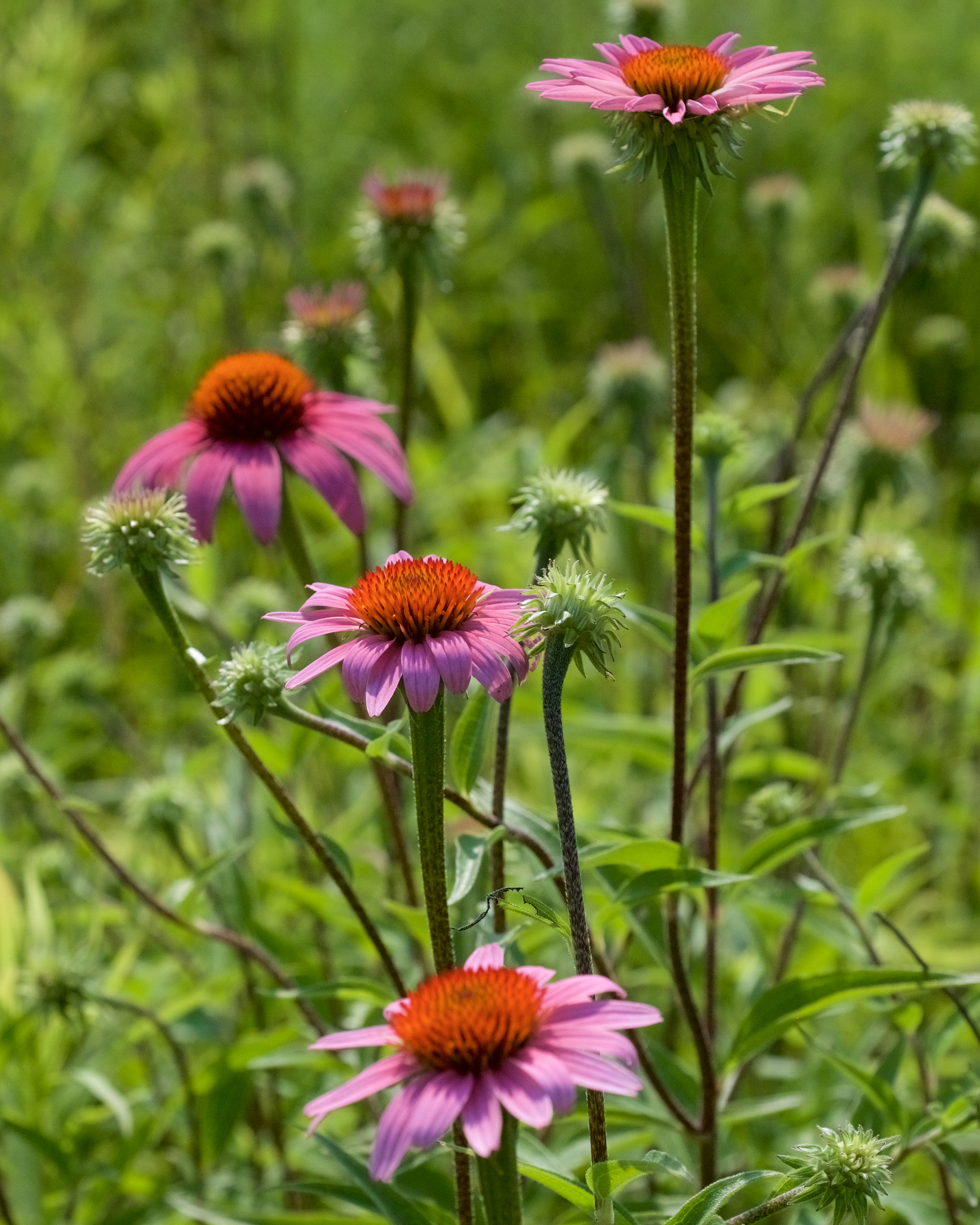
- Common sneezeweed: Common sneezeweed is a tall, orange-yellow flower that blooms in late summer. It is a great companion plant for liatris because it attracts beneficial insects and helps to deter pests.

- Black-eyed Susan: Black-eyed Susan is a short, daisy-like flower that blooms in shades of yellow and orange. It is a great companion plant for liatris because it attracts beneficial insects and helps to deter pests.
- Daylily: Daylily is a tall, herbaceous perennial that blooms in shades of yellow, orange, and red. It is a great companion plant for liatris because it has similar growing conditions and flower colors.
- Tickseed: Tickseed is a short, daisy-like flower that blooms in shades of yellow and orange. It is a great companion plant for liatris because it attracts beneficial insects and helps to deter pests.
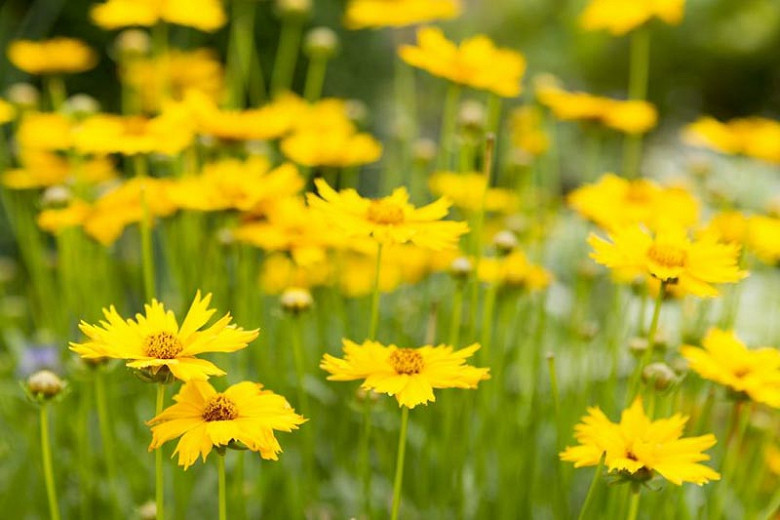
- Lamb's ear: Lamb's ear is a low-growing, fuzzy-leaved plant that blooms in shades of pink and purple. It is a great companion plant for liatris because it helps to suppress weeds and improve soil health.
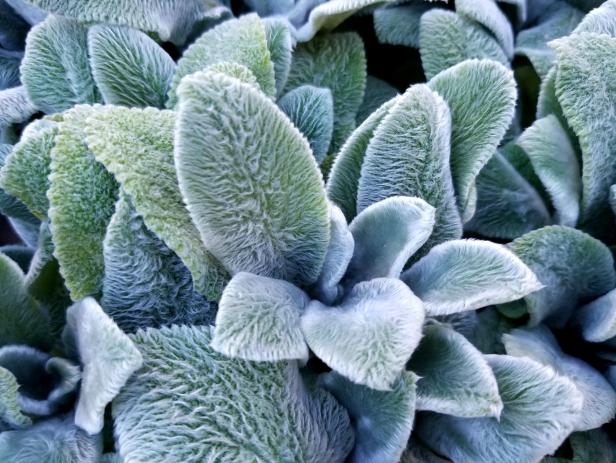
- Canada anemone: Canada anemone is a short, herbaceous perennial that blooms in shades of white, pink, and blue. It is a great companion plant for liatris because it has similar growing conditions and flower colors.

- Hyssopleaf thoroughwort: Hyssopleaf thoroughwort is a tall, herbaceous perennial that blooms in shades of blue and purple. It is a great companion plant for liatris because it attracts beneficial insects and helps to deter pests.
How to Choose Companion Plants for Liatris
When choosing companion plants for liatris, there are a few things to keep in mind:
- Plant height: Liatris can grow up to 4 feet tall, so it is important to choose companion plants that are the same height or shorter.
- Flower color: Liatris comes in a variety of colors, so you can choose companion plants that complement the flower color of your liatris.
- Pest and disease resistance: Some companion plants are more resistant to pests and diseases than others. If you have a problem with pests or diseases in your garden, you may want to choose companion plants that are resistant to those pests or diseases.
- Growing conditions: Liatris prefers full sun and well-drained soil. So, you will want to choose companion plants that have similar growing conditions.
Conclusion
Liatris is a beautiful and versatile plant that can add a touch of elegance to any garden. By choosing the right companion plants, you can create a stunning and harmonious garden that will attract beneficial insects and deter pests.
Liatris is a beautiful and versatile perennial that can add a touch of elegance to any garden. But did you know that there are a number of companion plants that can help to enhance its beauty and attract pollinators?
Some of the best liatris companion plants include:
- Ox-eye sunflower
- Purple coneflower
- Common sneezeweed
- Black-eyed Susan
- Daylily
- Tickseed
- Lamb's ear
- Canada anemone
- Hyssopleaf thoroughwort
These plants all share similar growing conditions as liatris, so they will thrive in the same type of soil and amount of sunlight. They also come in a variety of colors, so you can mix and match them to create a beautiful and pollinator-friendly garden.
For more information about liatris companion plants, please visit Gardenia Inspiration. This website has a wealth of information about liatris, including its growing requirements, companion plants, and pest and disease control.
FAQ of liatris companion plants
Q: What are some good companion plants for liatris?
A: Liatris is a tall, spiky-blooming perennial that is native to North America. It is a member of the Asteraceae family, which includes many other familiar flowers such as daisies, sunflowers, and asters. Liatris can be grown in a variety of soil types, but it prefers full sun and well-drained soil.
Some good companion plants for liatris include:
- Ox-eye sunflower: This tall, yellow-flowered plant is a good contrast to the purple blooms of liatris.
- Purple coneflower: This another tall, purple-flowered plant that is a good companion for liatris.
- Common sneezeweed: This orange-flowered plant blooms at the same time as liatris and adds a splash of color to the garden.
- Black-eyed Susan: This daisy-like flower is a familiar sight in many gardens and is a good companion for liatris.
- Daylily: This long-blooming plant adds interest to the garden from early summer to fall.
Q: What are the benefits of planting companion plants with liatris?
A: There are several benefits to planting companion plants with liatris. Companion plants can help to:
- Attract pollinators: Many companion plants are attractive to bees, butterflies, and other pollinators. These pollinators help to pollinate the liatris flowers, which in turn helps to ensure that the plants set seed.
- Suppress weeds: Some companion plants, such as daylilies, can help to suppress weeds in the garden.
- Improve soil quality: Some companion plants, such as comfrey, can help to improve the soil quality around the liatris plants.
- Create a more visually appealing garden: Companion plants can be used to create a more visually appealing garden by adding contrast in height, color, and texture.
Q: What are the best growing conditions for liatris?
A: Liatris prefers full sun and well-drained soil. It can tolerate some light shade, but it will not flower as well in shade. Liatris is a relatively drought-tolerant plant, but it will benefit from regular watering during the summer months.
Q: What are the most common pests and diseases of liatris?
A: The most common pests of liatris are aphids, spider mites, and slugs. The most common diseases of liatris are leaf spot and powdery mildew. These pests and diseases can be controlled with insecticidal soap, neem oil, or other organic pesticides.
Q: How do I propagate liatris?
A: Liatris can be propagated by seed, division, or root cuttings. Seed propagation is the most common method. Seeds should be sown in the spring or fall in a well-drained soil. Division is another easy way to propagate liatris. Divide the plants in the spring or fall, making sure to keep each division with at least a few roots. Root cuttings can also be used to propagate liatris. Root cuttings should be taken in the spring or fall from healthy plants.
Image of liatris companion plants
- Astilbe: Astilbe is a shade-loving perennial that blooms in late spring to early summer. Its delicate, feathery flowers complement the spiky blooms of liatris.

- Coneflower: Coneflower is another summer-blooming perennial that comes in a variety of colors, including purple, pink, and white. It pairs well with liatris because it has similar flower shape and color.
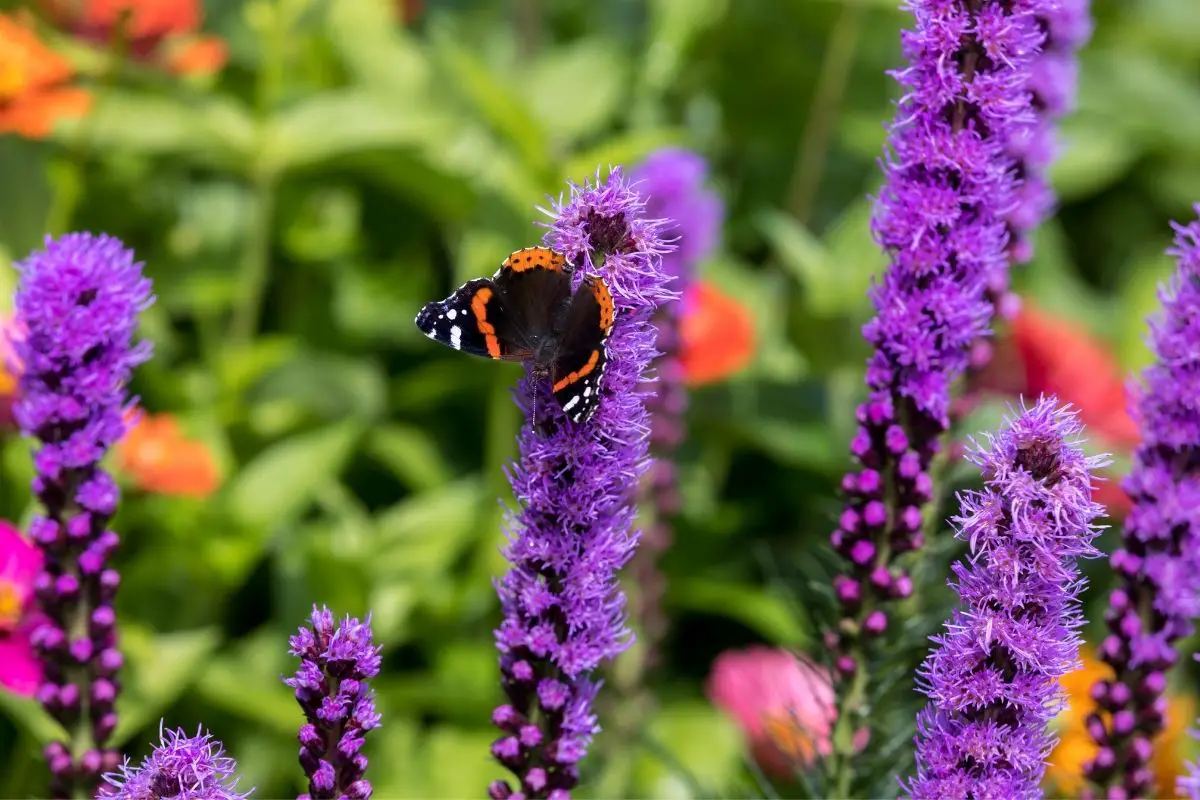
- Echinacea: Echinacea is a drought-tolerant perennial that blooms in late summer to early fall. Its daisy-like flowers come in shades of pink, purple, and yellow. Echinacea is a good choice for companion planting with liatris because it attracts butterflies and other pollinators.

- Salvia: Salvia is a genus of flowering plants that includes many popular garden varieties. Salvias come in a variety of colors, including blue, purple, pink, and white. They are a good choice for companion planting with liatris because they bloom at the same time and have similar flower shape.

- Yarrow: Yarrow is a hardy perennial that blooms in late spring to early summer. Its white or yellow flowers add a touch of lightness to the spiky blooms of liatris.

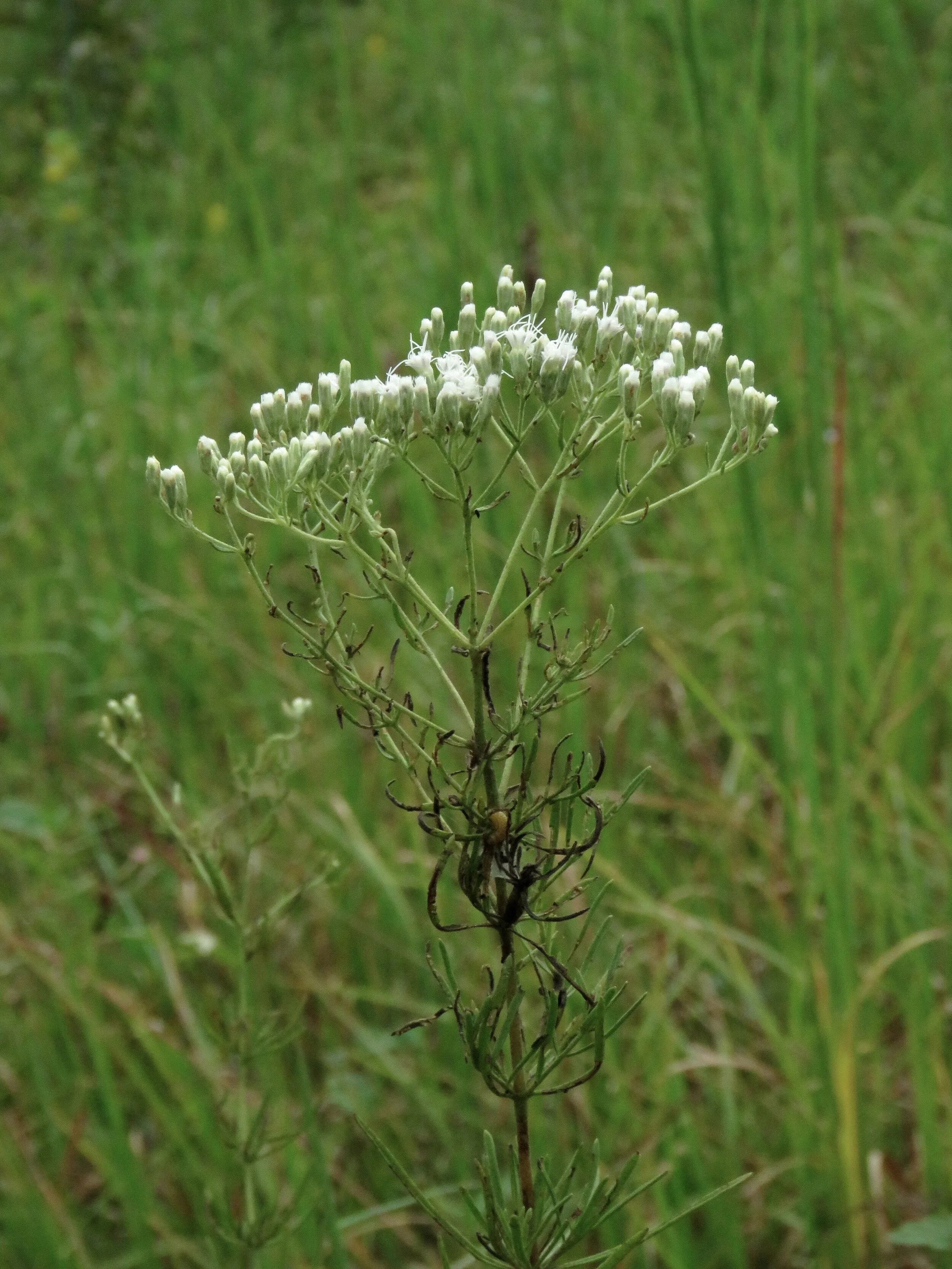
Post a Comment for " Liatris Companion Plants That Will Make Your Garden Pop"